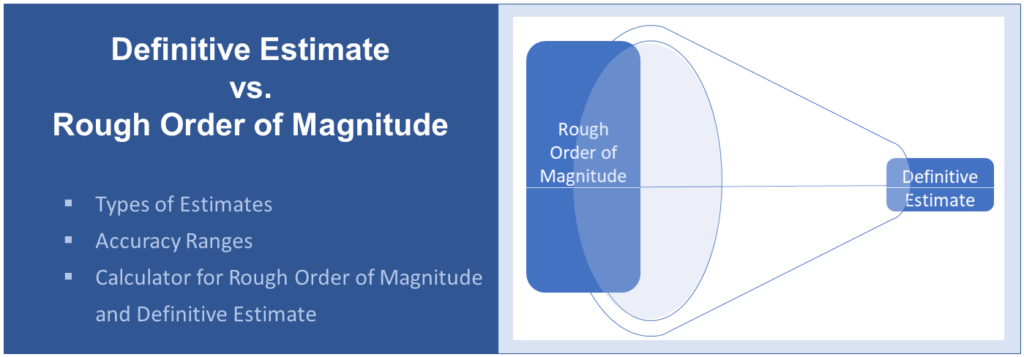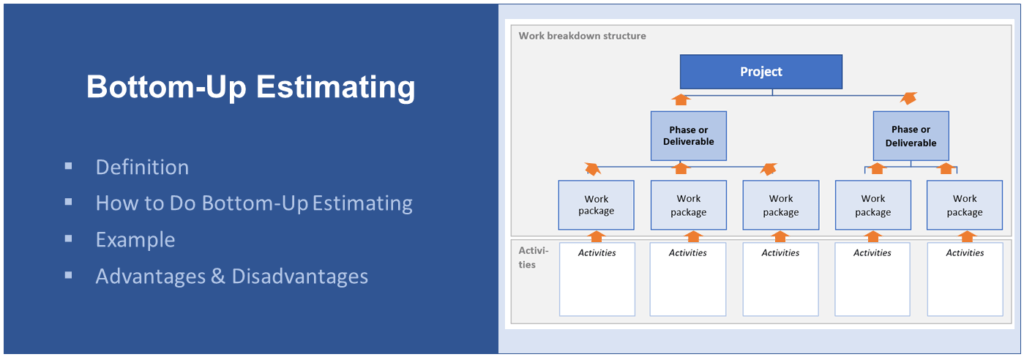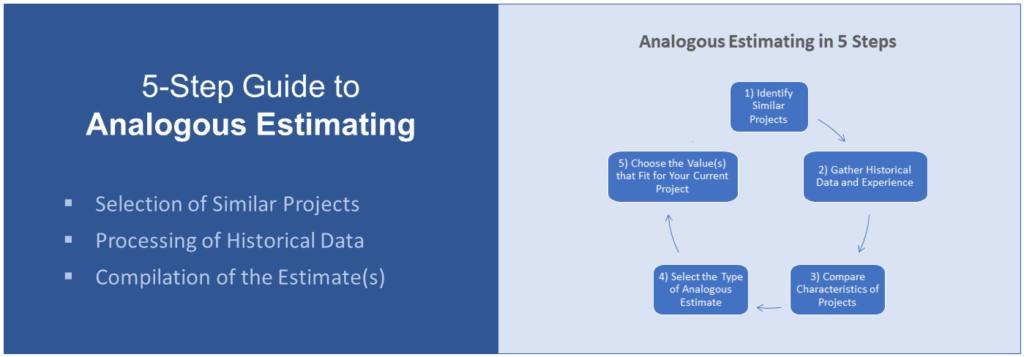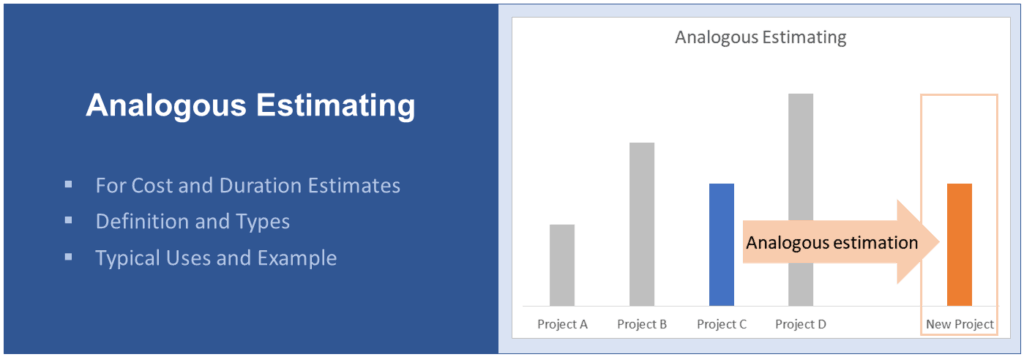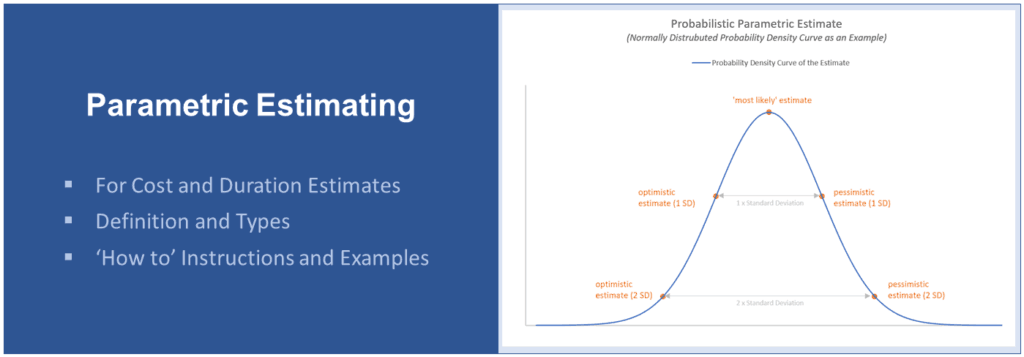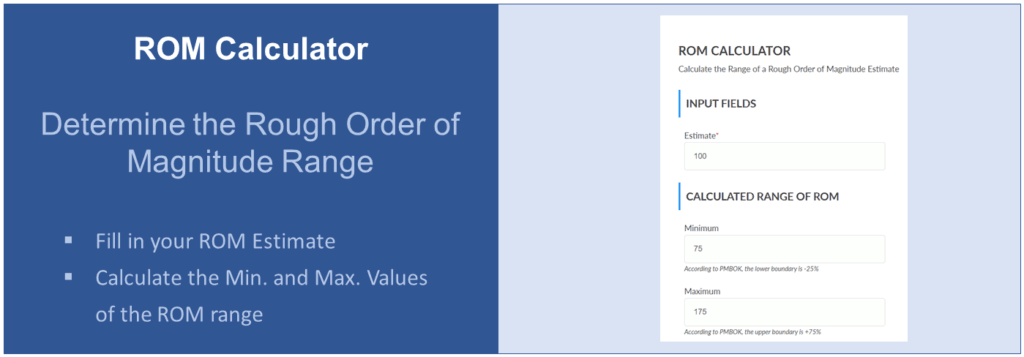Definitive Estimate vs. ROM/Rough Order of Magnitude (+ Calculator)
When the cost of projects (or parts of a project) is estimated, the accuracy of these estimates depends on various factors. These include but are not limited to the availability and quality of information and the estimation technique used. The available options and data to estimate costs typically vary among the phases of a project. …
Definitive Estimate vs. ROM/Rough Order of Magnitude (+ Calculator) Read More »

